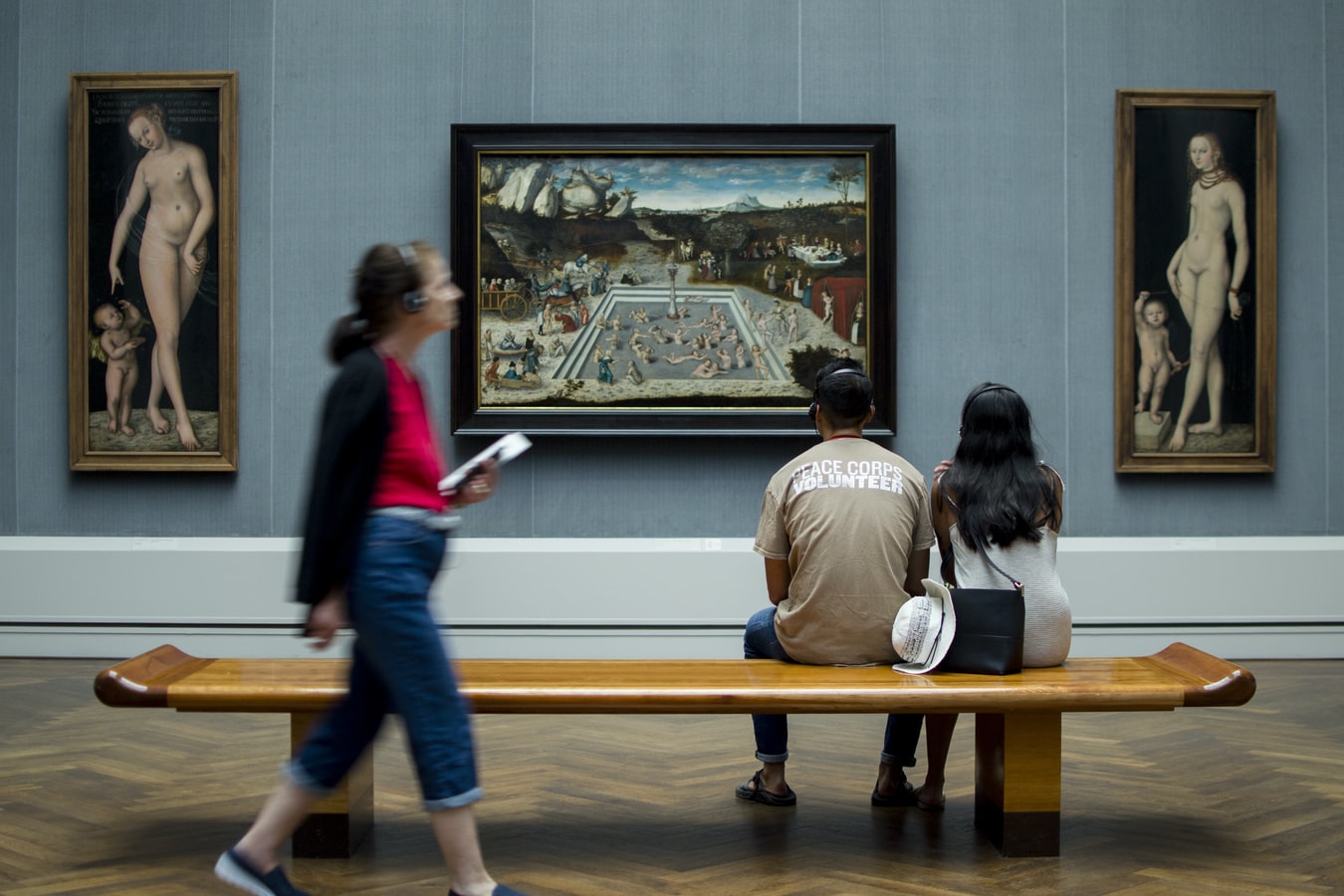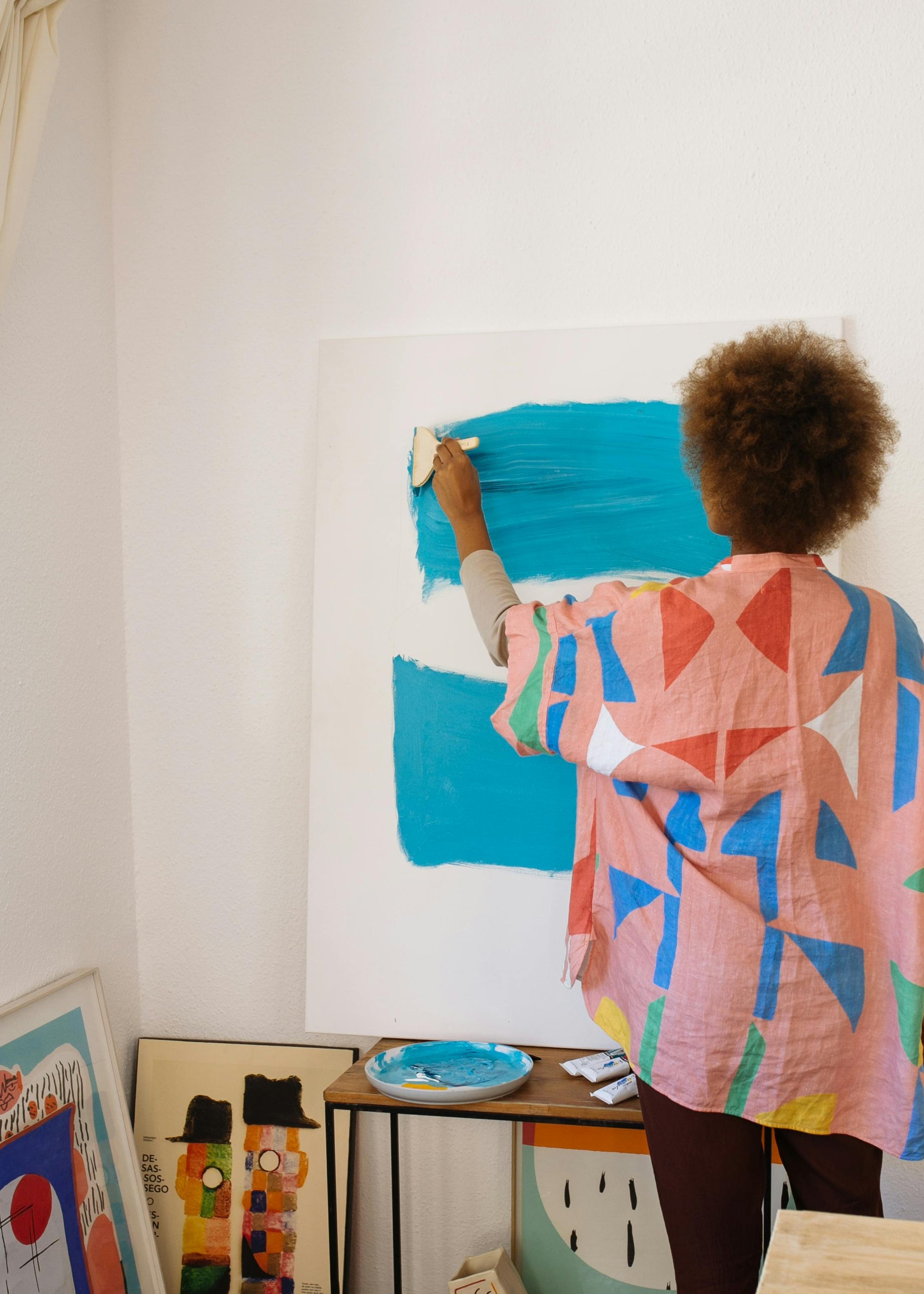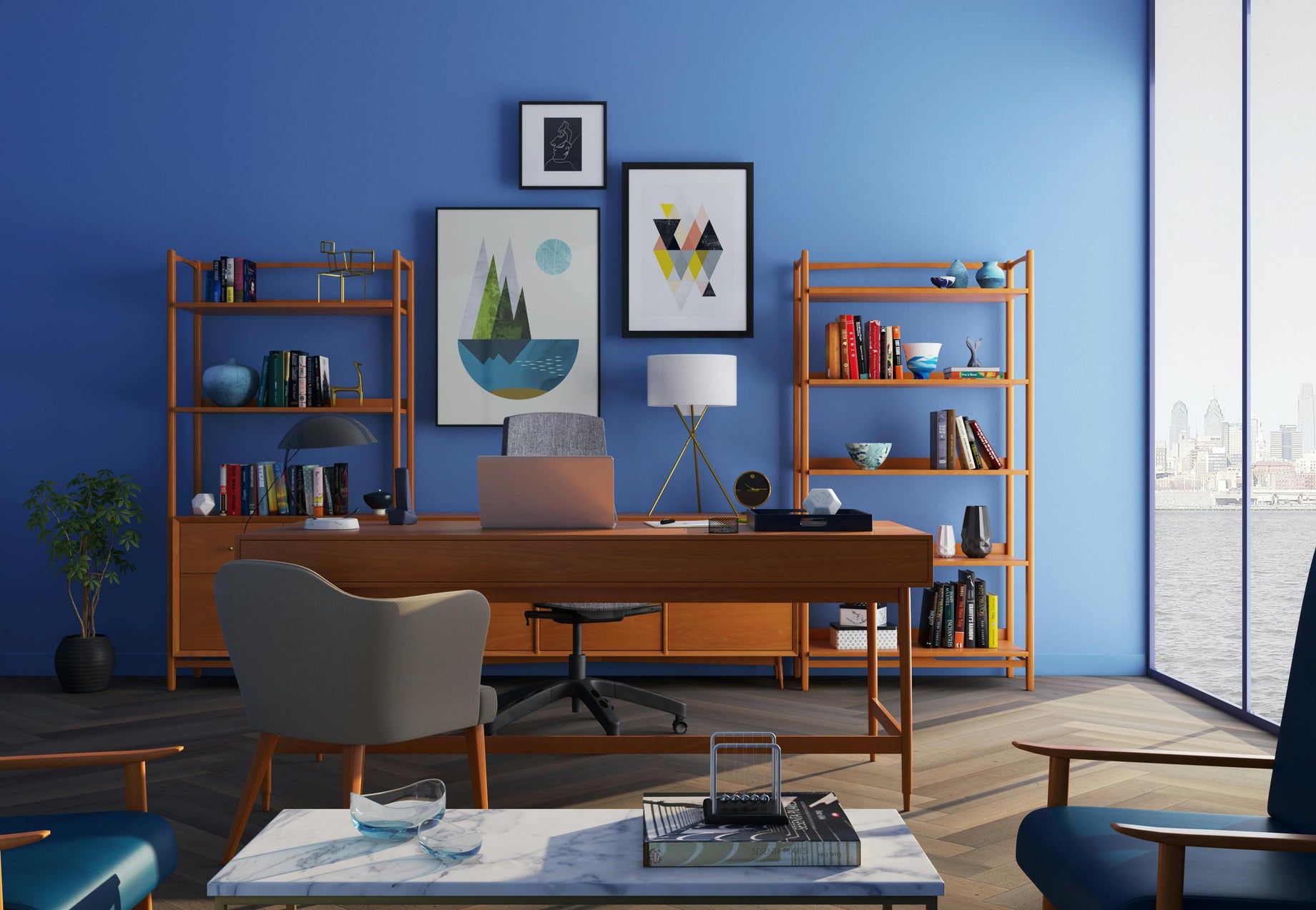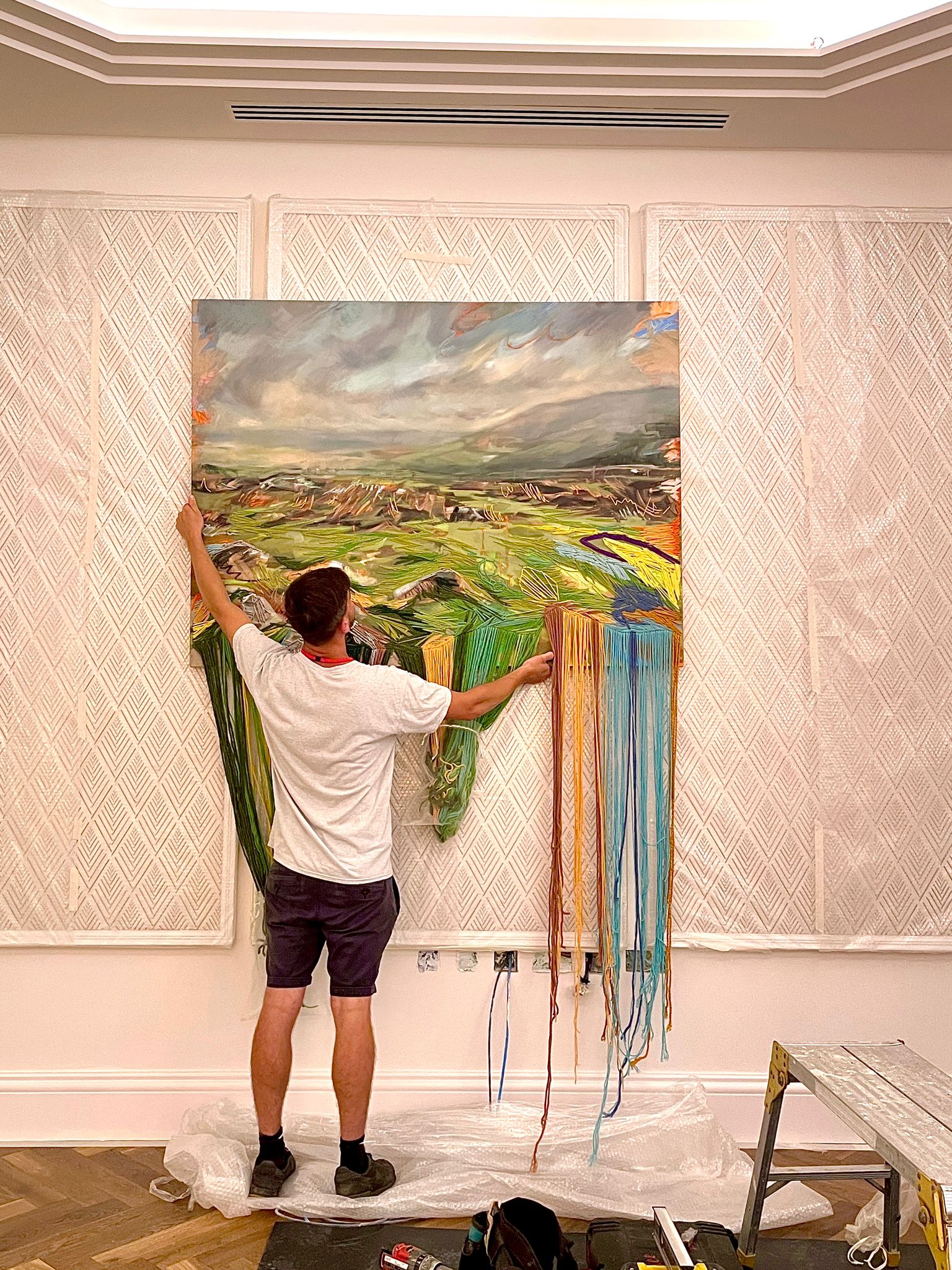Meditation; whether you practice it everyday or you can’t seem to last for one minute without thinking about your to-do list, there is no denying its healing properties. Research shows that meditation, short-term, decreases your stress levels and, long-term, improves issues with anxiety, depression, and also heart disease. Even if you don’t struggle with health issues, meditation on a regular basis can lead to a happier life through the practice of living in the now. At Curaty, we support incorporating practices like meditation into our daily lives to promote general wellbeing.

It might not come as a surprise after our last blog post, that art can be a useful tool in meditation. Just like meditation, research suggests that looking at art can decrease your cortisol levels, relieving you of your stress. In fact, a study at University of Westminster revealed that looking at art for 40 minutes decreased a person’s cortisol levels by 32%. Further, Arts for Health practitioner, Wendy Teall, suggests that the practice of meditating by viewing art could have a greater calming effect than just meditation alone.
In the past few years, many museums have begun to incorporate mindfulness-based programming. Just last year, the National Gallery started creating 5-minute meditation videos to reflect on works from the collection. New York’s Rubin Museum of Art is also offering live online meditation programs, each themed by a piece of art in their collection. We encourage you to mark your calendar for next year’s Slow Art Day, a day devoted to appreciating and meditating with art. Just last month they partnered with over 100 organizations across the globe to bring mindfulness programming to museums (their 2019 Slow Art Day boasted about 200 organizations).
You may be wondering how to get started on your artful meditation. Below you can find Curaty’s step-by-step guide on how to meditate with art:
Step 1: Choose a work of art.
If you have art in your home, choose a piece to meditate with and find a comfortable seat in front of it. If not, don’t worry, you have a few choices. Thankfully, museums and art galleries in the UK are beginning to open so you can make your way there for your work of art. A much easier solution would be to find a work of art on your computer or tablet to look at, it will have a very similar effect. You could even buy a new work of art that inspires you to look at!
In addition to the museum resources noted above, Looking at Paintings has a great collection of paintings paired with audio guides to help you focus on observing the work of art.
Step 2: Find a comfortable place and position.
You can sit, stand, or lay down (although that might make it a bit difficult to look at your artwork) to meditate. The key is to be in a position that is both relaxed and aware. You don’t want to be too comfortable that you’ll fall asleep. Additionally, make sure that the area you are in won’t distract you. Most importantly, check that your cellphone won’t ding in the middle of your meditation.
Step 3: Connect with your breath.
Start by focusing on your breathing in and out. This will allow you to be in the present and rid your mind of wandering thoughts.
Step 4: Pay attention to the work of art.
Try to focus solely on your observation of the artwork. Don’t jump to whether you like it or not. Note the details. What colors do you see? How does the composition make you feel? There is no need for any art historical knowledge, this meditation is meant for your personal experience with the work of art. To learn more about ways of looking at art, you can refer to our guide.
Step 5: When your mind wanders, make sure to check back in.
It’s normal for you to get distracted by other sounds or thoughts. Acknowledge the distraction, but then bring your attention back to the artwork.
Step 6: Finish with your breath.
When you are done, whether that’s after 1 minute or 45 minutes, return your attention your breathing, in and out. Appreciate the similar ways that observing an artwork and focusing on your breath transport you into the present time. Take a moment to understand what being in the present feels like and how you might return to this practice in the future.
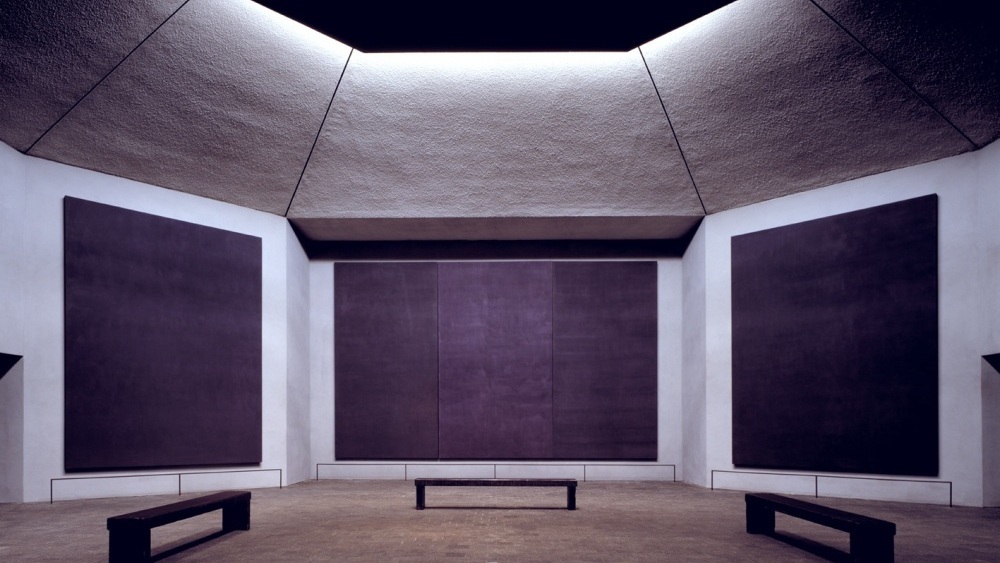
After this past year, we could all use a reminder of what it feels like to live in the present, not constantly worrying about the next COVID-19 update. For millennia, cultures have cherished art and meditation separately for their healing, therapeutic qualities. At Curaty, we encourage you to merge these two resources and benefit from the great personal discoveries you can make in your artful meditation practice.
Ready for the next step? Checkout our guide to looking at art.
This article was researched and written by the Curaty team, special mention to Cecily H.
Once you've followed either guide, please let us know about your experience in this quick survey:


